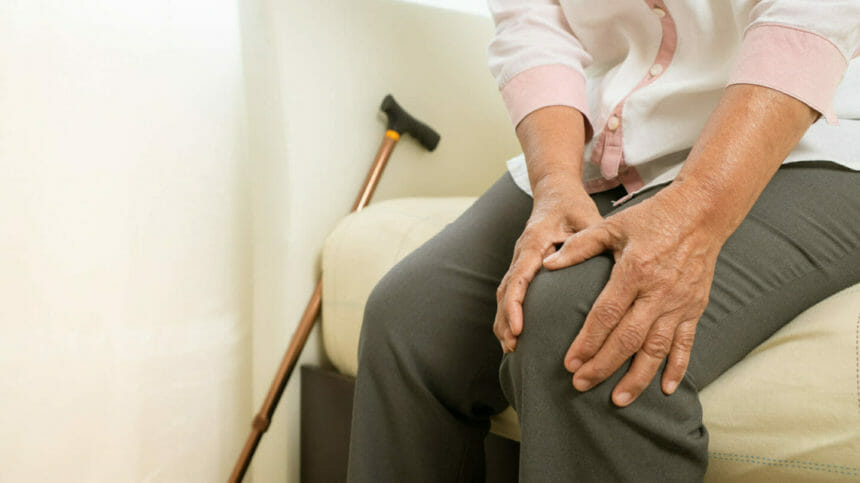
Women are more likely than men to go without a diagnosis for peripheral artery disease (PAD) and they also experience poorer treatment outcomes, according to a new review of studies.
PAD is the narrowing of the vessels that carry blood from the heart to the legs. It can lead to coronary artery disease and cerebrovascular disease, which in turn can cause heart attack or stroke. In the current review, investigators in Australia aimed to identify underlying reasons for prior evidence of gender inequalities in PAD care.
Diagnostic differences
The results highlighted biological, clinical and societal reasons why the condition may remain underdiagnosed in female patients, they said. Data showed that women often have no symptoms or their symptoms are atypical, such as minor pain or discomfort while walking or at rest. They also are less likely than men to have intermittent claudication (pain when walking that is relieved at rest) and are twice as likely to present with the end-phase of PAD — chronic limb-threatening ischemia.
Women tend to show typical symptoms such as intermittent claudication after menopause, the researchers found. This suggests that hormones play a role in diagnostic disparities, they reported.
Notably, a standard test to help diagnose PAD, the ankle brachial index, is known to be less accurate in patients with no symptoms or smaller calf muscles — both of which women are more likely to have, they added.
Treatment disparities
When it comes to treatment, women are less likely than their male peers to receive recommended medications for PAD, and respond less well to supervised exercise therapy, the review found. Along with lower rates of surgery for the condition, they are more likely to die after amputation or open surgery than men.
Biological factors may also play a part in womens’ greater risk for poor PAD outcomes, the researchers added. Women are more likely to have blood clots, for example. Many may have taken oral contraceptives and/or have had pregnancy complications in their lifetimes, both of which are linked to higher PAD rates.
Low awareness
In the clinical realm, there appears to be low awareness of women’s risk of PAD among healthcare providers and women themselves, the researchers added. Women are less likely to report symptoms than men, for example. In the past decade, they have made up only one-third of participants in clinical trials of PAD, contributing to a dearth of data on their clinical needs.
“This review encompasses not just biological reasons but also how healthcare services and women’s part in society may play a role,” said author Mary Kavurma, an associate professor at the Heart Research Institute in Australia. “All of these elements should be taken into account so that more effective methods of diagnosis and treatment can be targeted at women with PAD.”
In the United States, approximately 6.5 million people aged 40 years and older have PAD, according to the Centers for Disease Control and Prevention. Risk factors include age over 60 years, smoking, high blood pressure, atherosclerosis, diabetes and high cholesterol.
Full findings were published in the European Heart Journal — Quality of Care & Clinical Outcomes.
Related articles:
Hot water therapy boosts function in those with peripheral arterial disease
Unmotivated PAD patients should have the option to exercise pain-free




